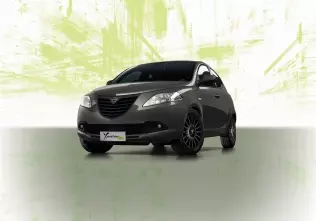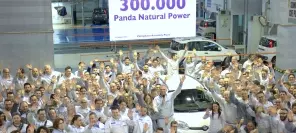- Main page
- Search
- Up to date
- Products
- Technology
- Vehicles
- Video
- Conversion Payback Simulator
Port Injection - Conversion Payback Simulator
Direct Injection - Conversion Payback Simulator
Diesel - Newsletter
Fiat's LPG/CNG-powered premieres in Geneva
 loading results...
loading results...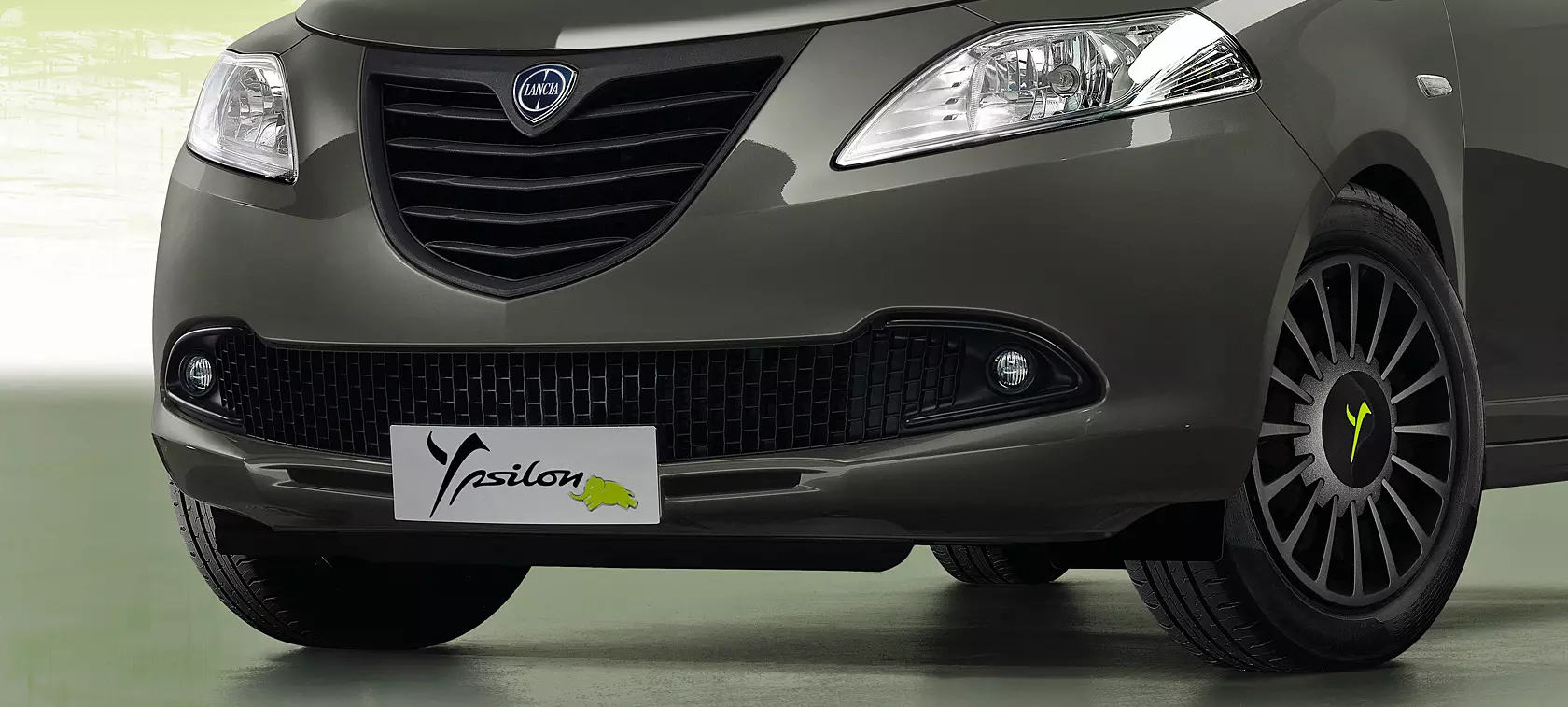 © Fiat
© Fiat  Fiat 500 Cult
Fiat 500 Cult 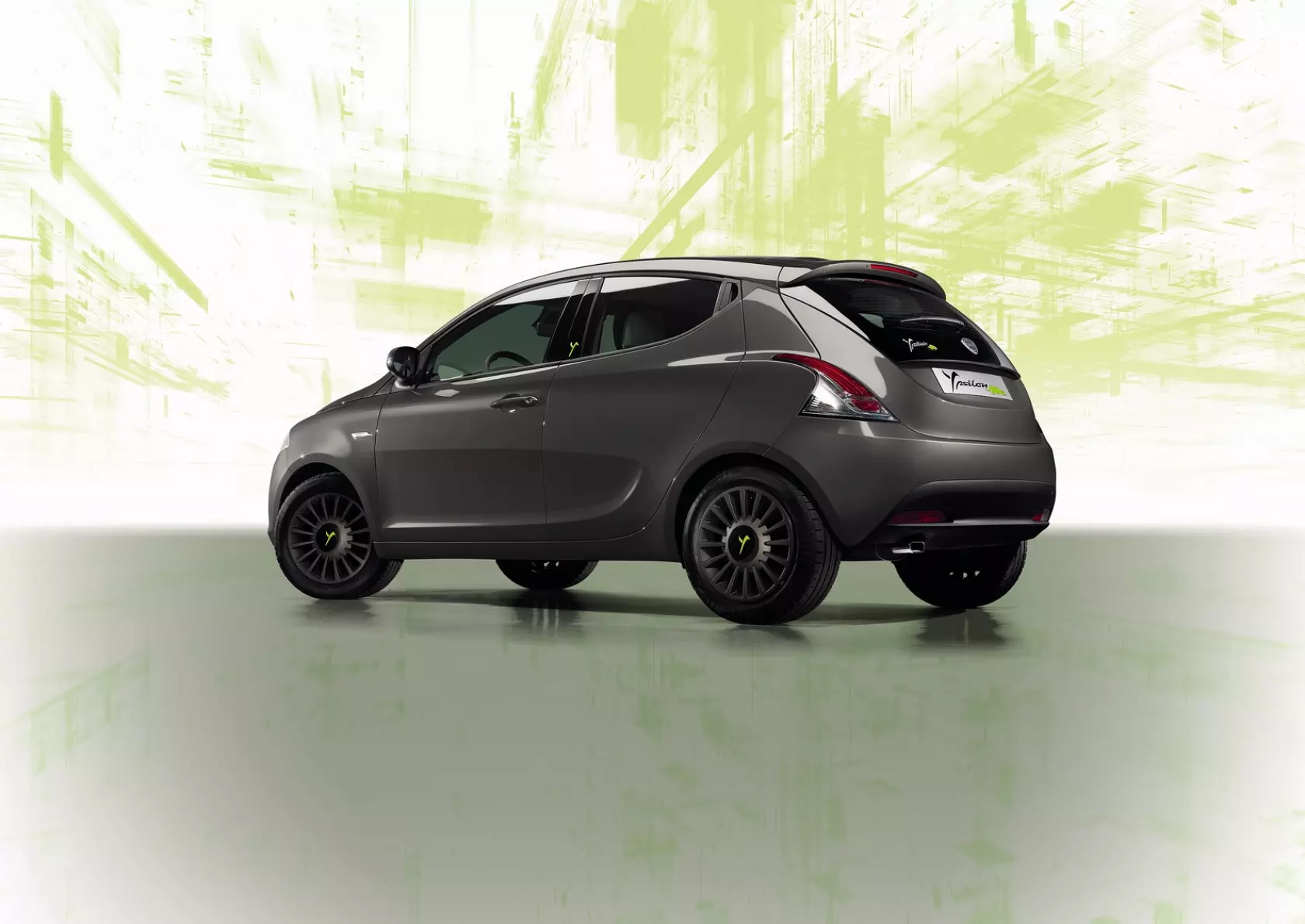 Lancia Ypsilon Elefantino
Lancia Ypsilon Elefantino 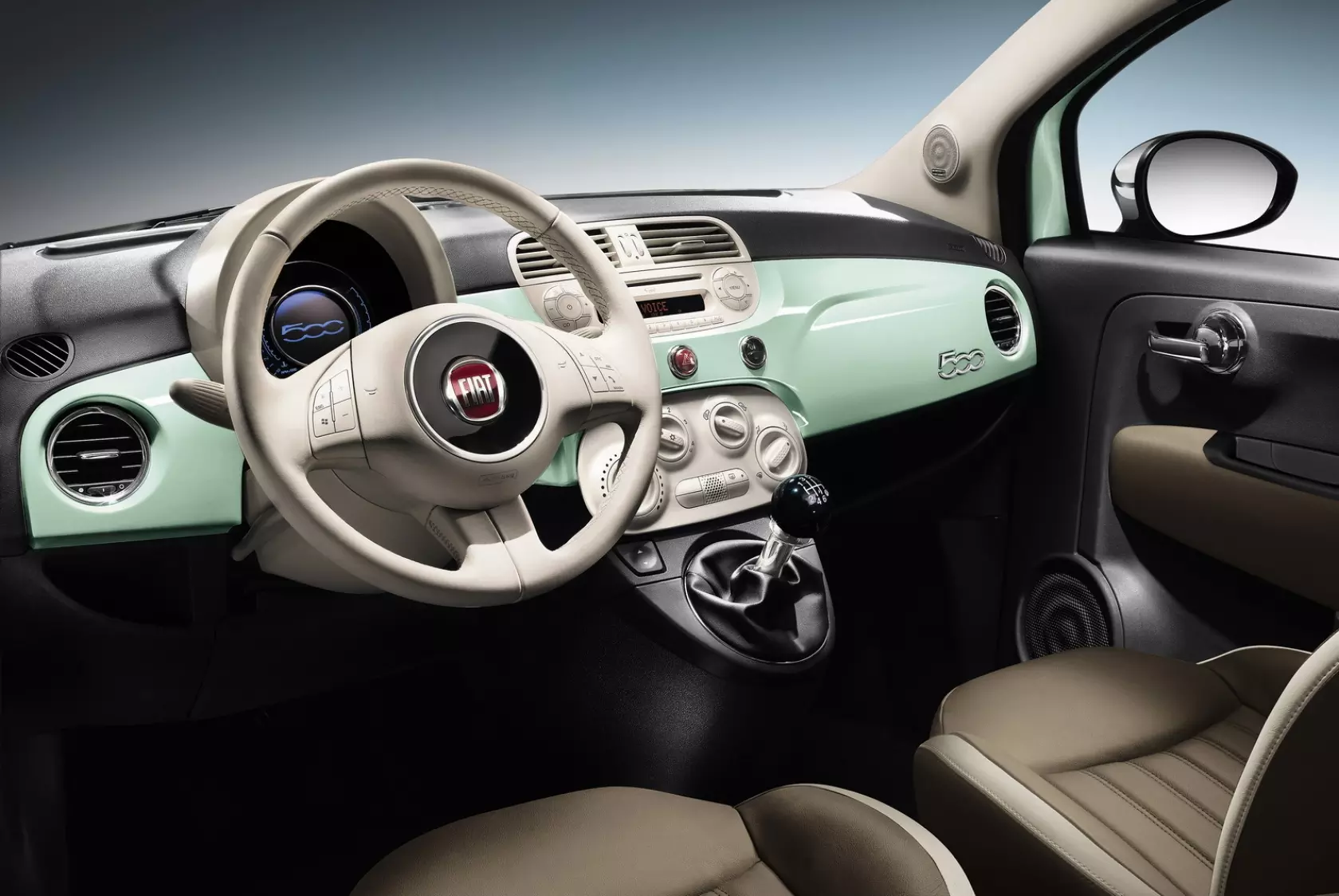 The interior of the Fiat 500 Cult
The interior of the Fiat 500 Cult 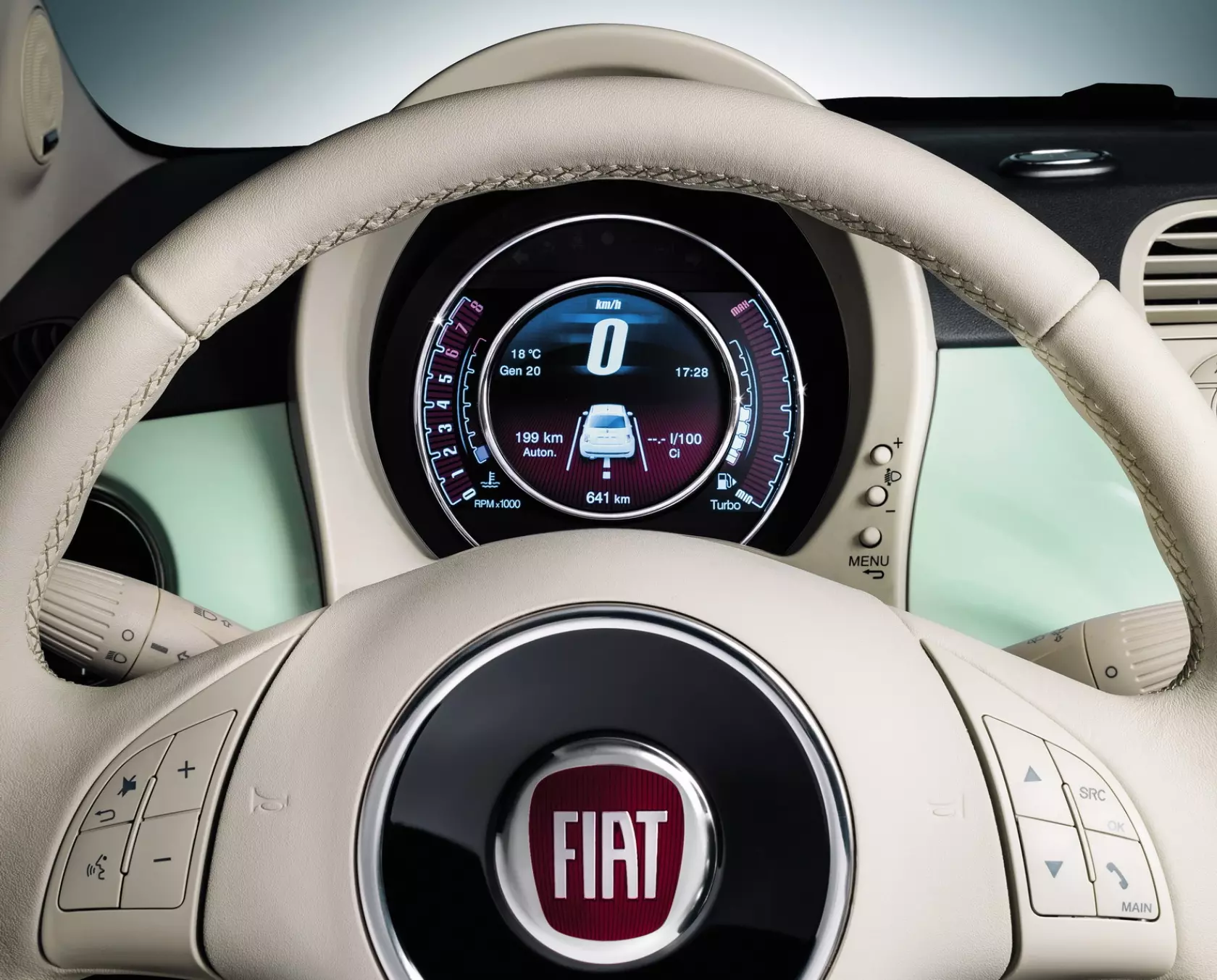 The new instrument cluster in the Fiat 500 Cult
The new instrument cluster in the Fiat 500 Cult 




As for the Fiat 500, which has been the Italian manufacturer's export hit (since production began in 2007, Fiat has sold over 1,2 million examples of the supermini, of which 75% found owners outside of Italy), the Geneva show was the place where the 2014 model year version was presented, along with the 500 Cult special edition. So what's so "cult” about it? It features new exterior paint colours, an innovative instrument cluster by Magneti Marelli, a Blue&Me hands-free phone system with Bluetooth and automatic air conditioning.
One of the 500 Cult's powertrain options is the familiar 1,2 l, 69 PS engine, which can be ordered with an LPG system. Given that the Cult version is the 500's "toppermost of the poppermost" (also available as a roll-top convertible), offering an autogas-powered variant only goes to show Fiat treats LPG on par with conventional fuels, definitely not an inferior one.
Another car coming from the Fiat Group available with two engines running on gaseous fuels is the Lancia Ypsilon, whose latest Elefantino incarnation was presented in Geneva this year. Like the Fiat 500 Cult, the Ypsilon Elefantino sports new exterior colours, certain unique trim upgrades and, of course, the trademark elephant emblem on the boot lid. As for the two motors that can run on alternative fuels, one of them is a methane (CNG) version of the two-pot TwinAir engine, voted Best Green Engine of the Year 2013. Despite its modest 0,9 l displacement, the turbocharged unit churns out 80 PS and emits as little as 86 g of CO2 per km.
Compared to the petrol-powered counterpart, the CNG TwinAir features another set of injectors (for natural gas) located in the modified intake manifold, as well as a reprogrammed ECU and more durable valve seats, which are also differently shaped. An LPG variant is also available. The 69 PS unit, referred to by Lancia as the 1,2 FIRE Evo II LPG, is in fact the same engine as the one in the Fiat 500 Cult.
The line-ups of Fiat Group brands features virtually no EV's or hybrids (apart from the Fiat 500e and the Ferrari LaFerrari, respectively). Instead, the Italians stick firmly to LPG- and CNG-powered cars. In their opinion, LPG/CNG technology is mature, easily accessible, affordable and perfectly „green”. Also, gaseous fuels offer performance comparable to that on petrol and have an outstanding economical record.
Thanks to common use of gaseous fuels, average CO2 emissions by Fiat cars are slightly above 120 g/km, while European regulations set to be introduced in 2015 require meeting a 130 g/km threshold. Apparently, being consistent in developing LPG/CNG technology (not without the help of small cars, which are the core of Fiat's business) bears the right fruit.

